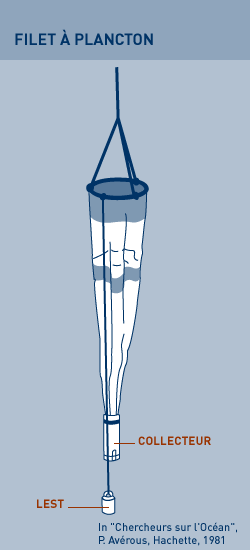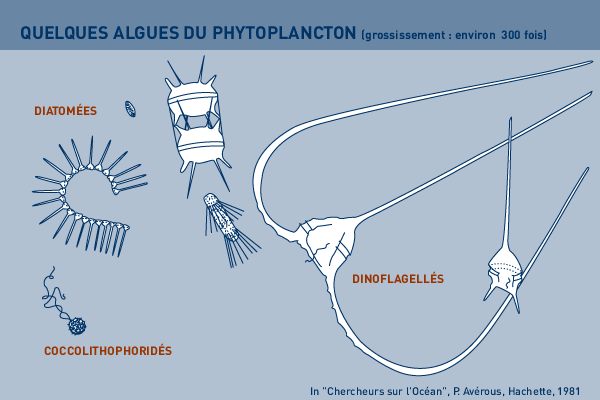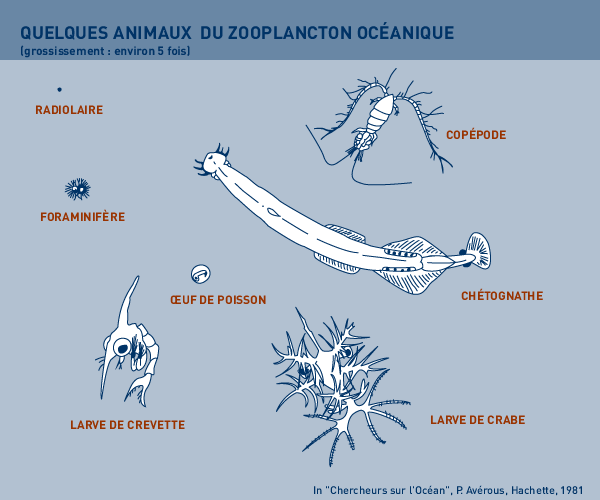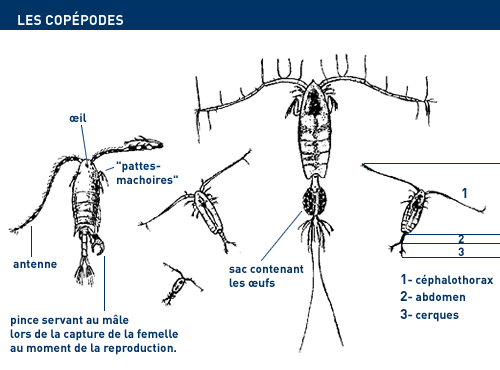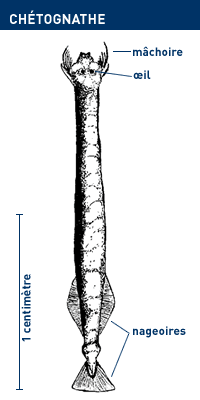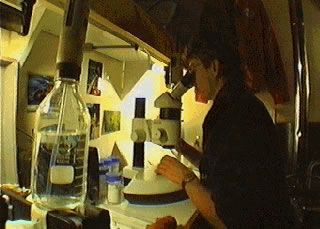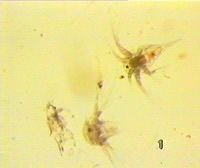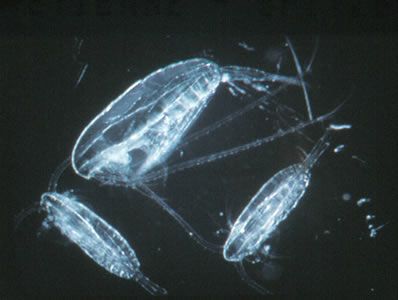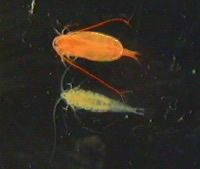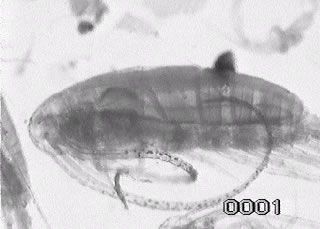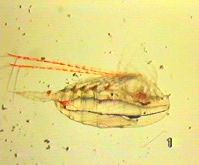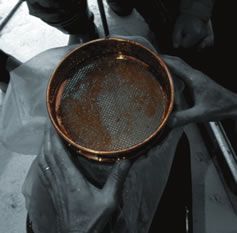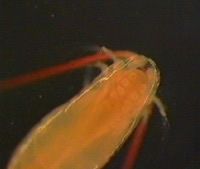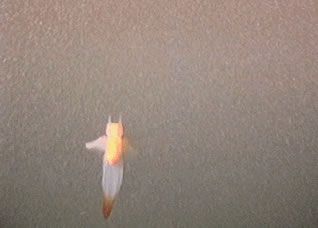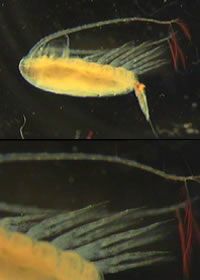PRIMARY PRODUCTION IN THE OCEANS
Oceanographers estimate the amount of vegetal plankton (biomass) present at any given moment in an oceanic region by measuring the chlorophyll content of the seawater. The amount of vegetal biomass in the ocean, almost totally made up of microscopic algae, is a thousand times less than terrestrial biomass. On the other hand, phytoplankton multiplies very rapidly: just one diatom, with two cellular divisions every 24 hours, can generate a million descendants over a period of 10 days. Just compare this to a tree in a forest, which can sometimes take 100 years to reach maturity… Because of the rate at which planktonic algae multiply, primary production in the world’s oceans – calculated by measuring the carbon 14 absorbed by photosynthesis – can be similar to terrestrial biomass production: a hectare of ocean produces anything from 200 kg to nearly 2 metric tons of carbon each year, depending on the region, while a field of corn (maize) produces 2 metric tons of carbon per year.
